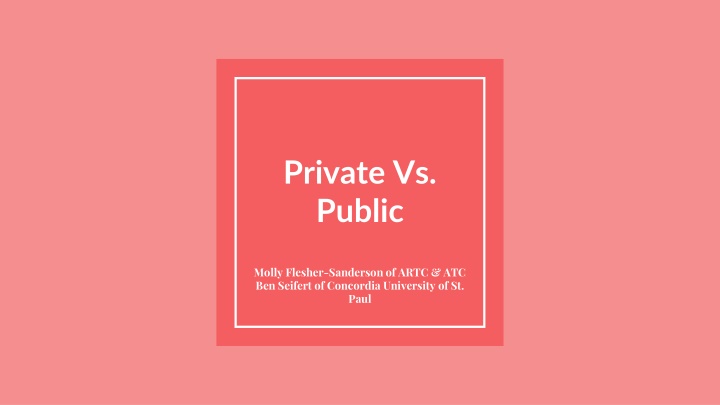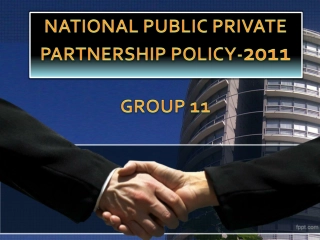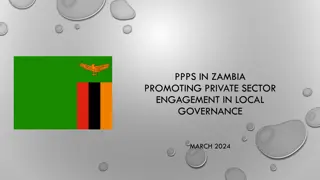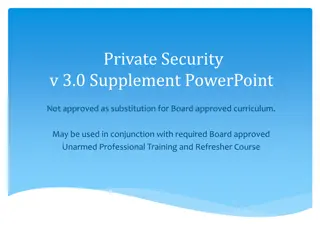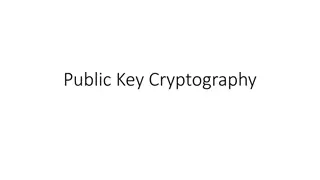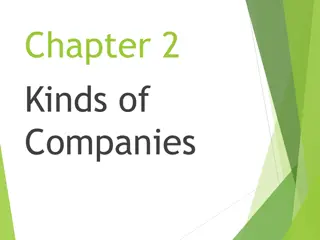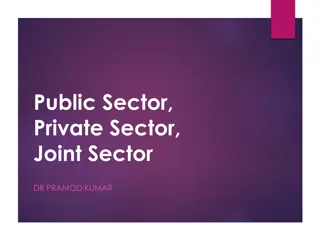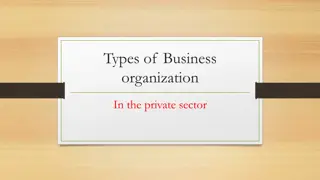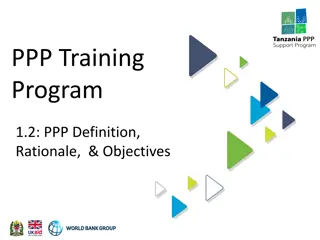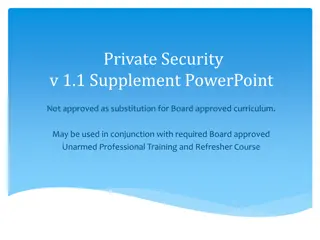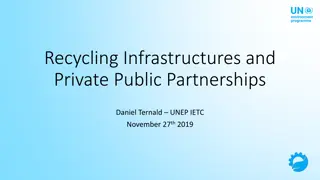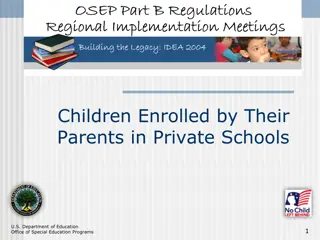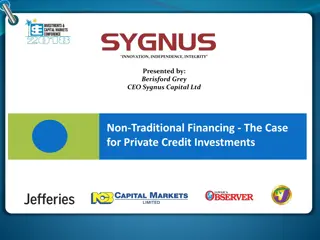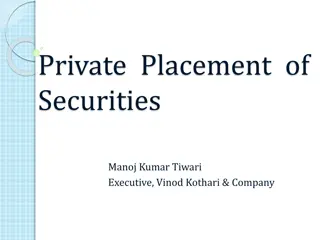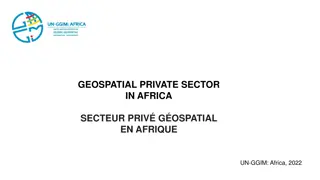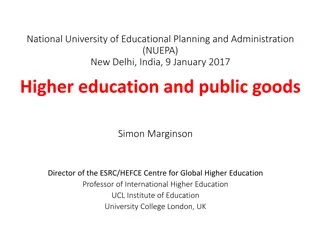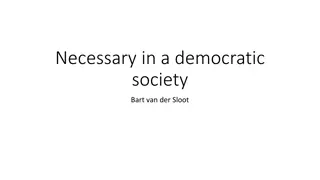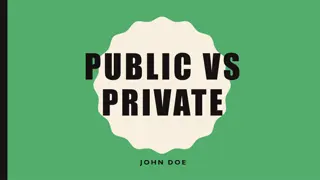Private Vs.Public
Delve into the contrasting perspectives on private and public education, as elucidated by Molly Flesher-Sanderson from ARTC & ATC and Ben Seifert from Concordia University of St. Paul.
Uploaded on Feb 25, 2025 | 0 Views
Download Presentation

Please find below an Image/Link to download the presentation.
The content on the website is provided AS IS for your information and personal use only. It may not be sold, licensed, or shared on other websites without obtaining consent from the author.If you encounter any issues during the download, it is possible that the publisher has removed the file from their server.
You are allowed to download the files provided on this website for personal or commercial use, subject to the condition that they are used lawfully. All files are the property of their respective owners.
The content on the website is provided AS IS for your information and personal use only. It may not be sold, licensed, or shared on other websites without obtaining consent from the author.
E N D
Presentation Transcript
Private Vs. Public Molly Flesher-Sanderson of ARTC & ATC Ben Seifert of Concordia University of St. Paul
What are some quick differences? Public Private Low Ticket Price Larger School More Programs Large Class Size Funded through State High Ticket Price Smaller School Less Programs Smaller Class Size Tuition and Donors
Educational Difference Private Public Large class size (42% of U of M ave. 20-50) Large population of students (U of M 51,147) More Programs of Majors and Minors Can be education in mass, your professor may not know you by name. (can depend on school size) Professional Development is on Student aka Internships, learning opportunities and field studies. May have more opportunity for research and access to labs/facilities Small class sizes (SJU 16-20) Smaller population (SJU 1,569) Less Programs of Majors and Minors Hands on learning, your professors will know you. Professional Development is on Student but school offers offices and counselors to help. (Ex Handshake)
Cost Break Down Public Private Public Universities generally cost less. Out of State tax can change this State Schools are funded through the state and federal governments, they do not need to rely on tuition to remain open. Private Universities generally cost more No out of state tax Despite a higher cost, private institutions can still have great financial aid opportunities Private Schools rely on tuition and donations to remain open.
Private School Affiliation Many private schools are affiliated with a Church or Religious community. Ex. CSP connects to LCMS, SJU connects to the Benedictine Monastery, Marquette extended from Jesuit community. Religion should never frighten you when it comes to education. You may have two courses in religious studies. CSP- Top three religous groups in order Islam, Roman Catholic, Christian. Most Schools that are affiliated are just that (St. Thomas University), some do use their education to highlight their faith. (Benedictian College) Affiliation creates a wide variety in private schools that public does not get.
How do I know what is the best fit? It is important to consider visiting both kinds of institutions while on your college search. There is no real science other than visiting and being in the community. Private schools are not all equal as are public schools variety is good then focus in on qualities Ask yourself the basic (or tough!) questions: What do you want to study, do I even know? How close or far from home do I want to be? What is going to work for me financially? What extracurriculars do I want to participate in and what do I want my campus experience to be? Most importantly! - How do I feel about making THIS school my new home?
